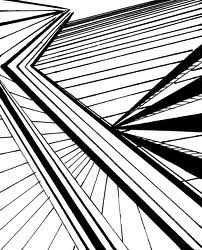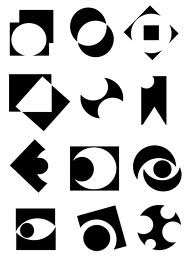- Among this elements contained in the graphic designer is line, shape, type, color, texture and art, illustration and photography.
LINE
- A narrow continuous mark, as one made by a pencil, pen, or brush across a surface and it used to produce a design, pattern, shadow and divide the space in a any our design. Between basic in the line - curved, straight, swirling.
SHAPES
- The shape of an object is a primary condition fundamental for our lives. Shape is the primary visual attribute among others (color, shade, lighting) that elicits unambiguous identification due mainly to its constancy. Another relevant perceptual property is its uniqueness. Indeed, it is unique and much more informative than any other object properties, i.e. color, shading (depth) and lighting (illumination). It's also to focus and give meaning to our design.
TYPE
- A pattern, a design, or an image impressed or stamped onto the face of a coin. The original object, or class of objects, scene, face, or conception, which becomes the subject of a copy. It also to communicate effectively on your work and to interest people when see your design.
TEXTURE
- The word texture means what things are made of and how they feel. Textures can be described as “rough”, “smooth”, “hard”, “soft”, “liquid”, “solid”, “lumpy”, “gritty” etc. The word “texture” is used for many different things. It can even be used in abstract senses, e.g. for music and poetry. It also can be used to attract people to feel the texture and to see unique of your design.
COLOUR
- Color can influence our emotions, our actions and how we respond to various people, things and ideas. Much has been studied and written about color and its impact on our daily lives. It also give a sense of completion.
ART, PHOTO & ILLUSTRATION
- Photo selection is very important. It's to tell the person about the ideas, illustration, story and illustrations which one we use. Artwork that helps make something clear or attractive. It is also to attract the people to see our work.





.jpeg)
.jpeg)
.jpeg)















































